Signette
2022
Individual project
Duration
2 week
Signette is a series of small, playful interactions which augment non-verbal communications and gestural expression in everyday video chats. It explores new ways of expression in computer-mediated communication by connecting human body with computer screen in order to make our online communication more engaging, more autonomous and more natural. Signette also incorporates sign language and sheds light on the issues of inclusion and diversity in video-conferencing technology, which can easily be overlooked.
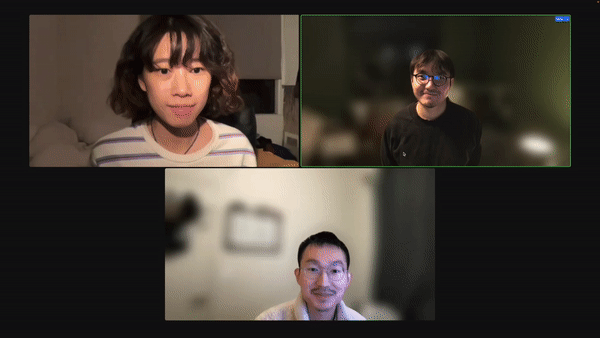
MOTIVATION
My internship for summer 2022 was completely remote. For two and half months, I met with different teams everyday virtually and something interesting caught my attention. First, often time people choose to turn off their camera during video conference which cuts off the chance for "face-to-face" communication and prevents other people from seeing their expressions. Secondly, I feel a bit hesitate to use the reaction emojis built in those video chat platforms: the way they designed such an interaction is not expressive in the similar way that we react in real life.
![]()
![]()

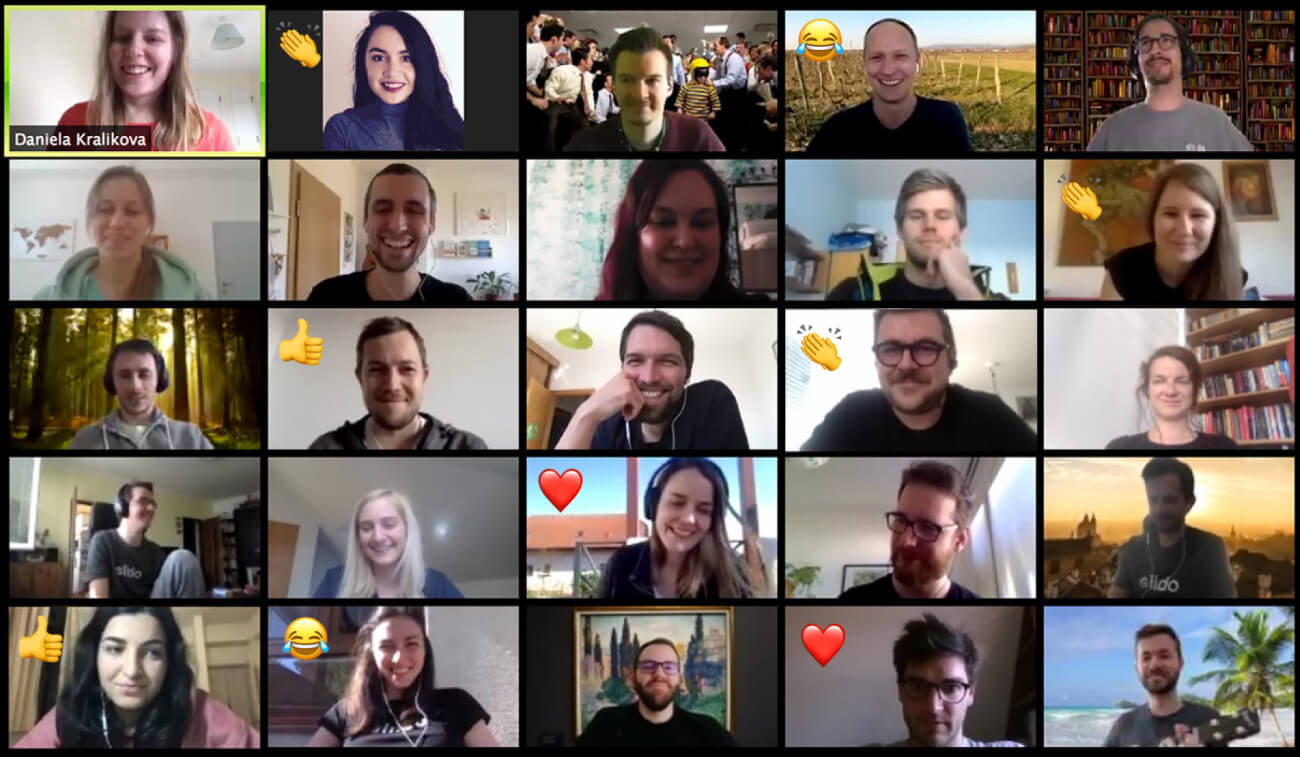
OPPORTUNITY
How to facilitate “face-to-face” nonverbal expression in computer-mediated communication and make video chats more natural, fun and engaging?
SOLUTION
According to Professor Jeremy Bailenson at the Stanford Virtual Human Interaction Lab, the cognitive load is much higher in video chats: “...in regular face-to-face interaction, nonverbal communication is quite natural and each of us naturally makes and interprets gestures and nonverbal cues subconsciously. But in video chats, we have to work harder to send and receive signals.”[1]
Therefore, I want to bring back those expressive and personal gestures and cues using creative coding, to augment everyday hand gestures and explore new ways of communication in video conferencing and virtual hangout.
Therefore, I want to bring back those expressive and personal gestures and cues using creative coding, to augment everyday hand gestures and explore new ways of communication in video conferencing and virtual hangout.
DEVELOPMENT


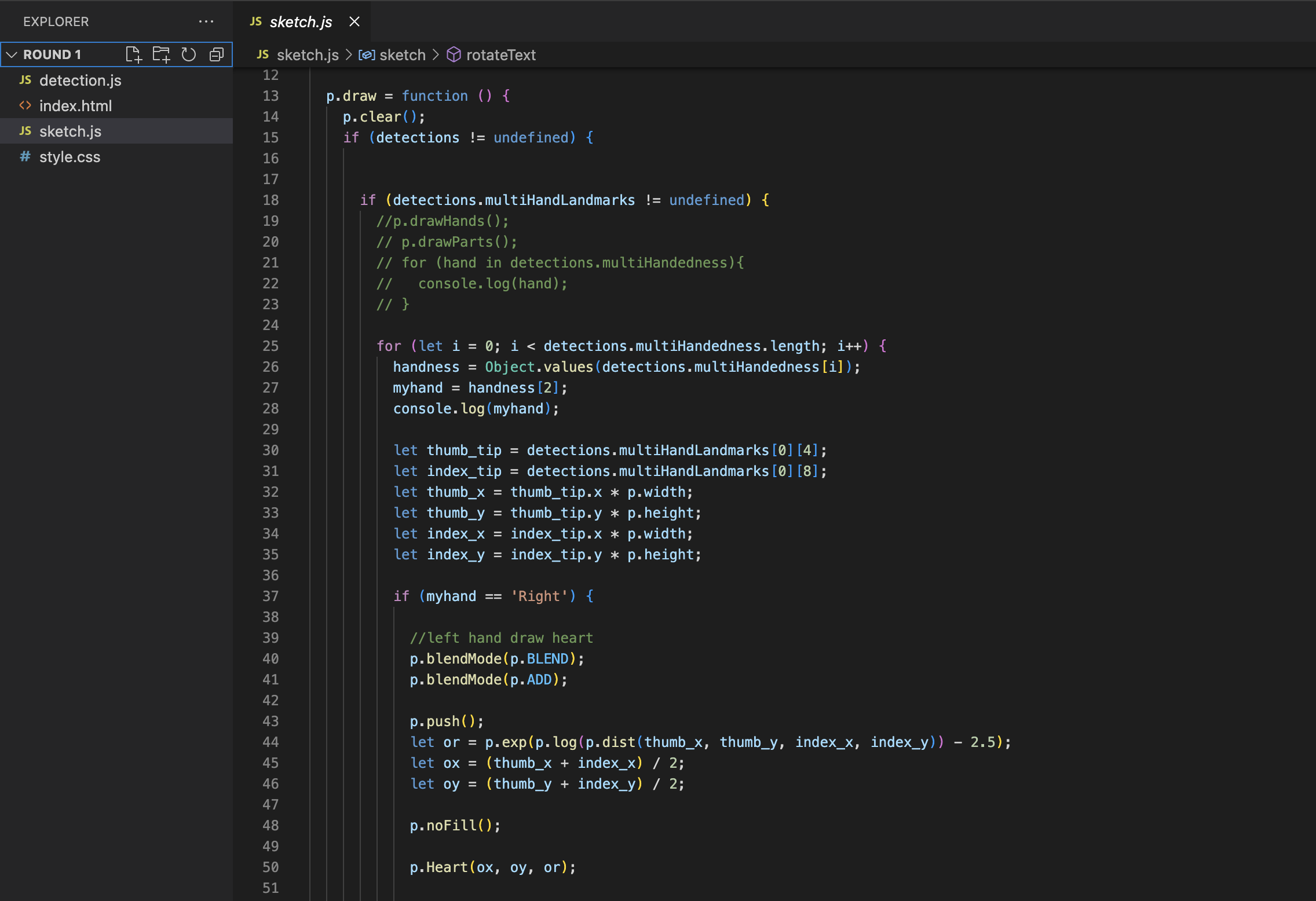
PROTOTYPES
1. Finger Interaction
![]()
![]()
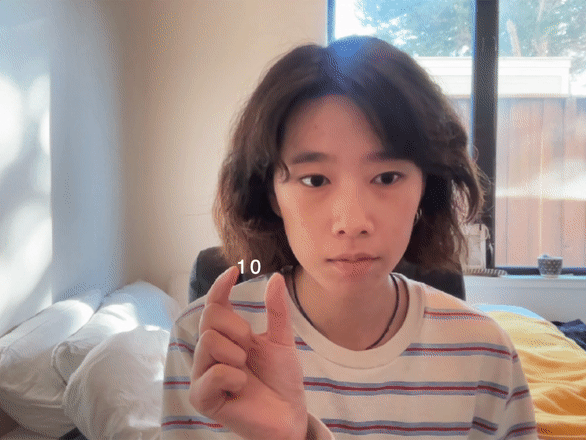

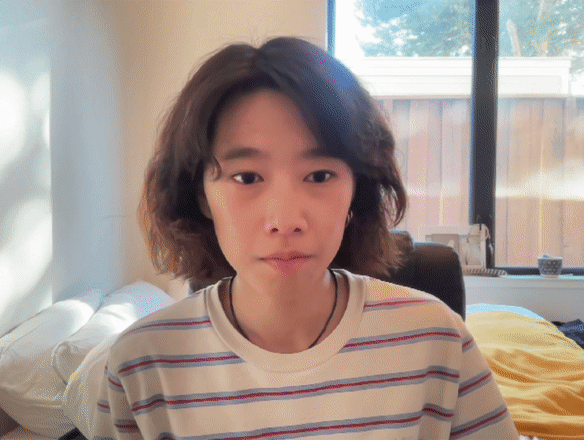
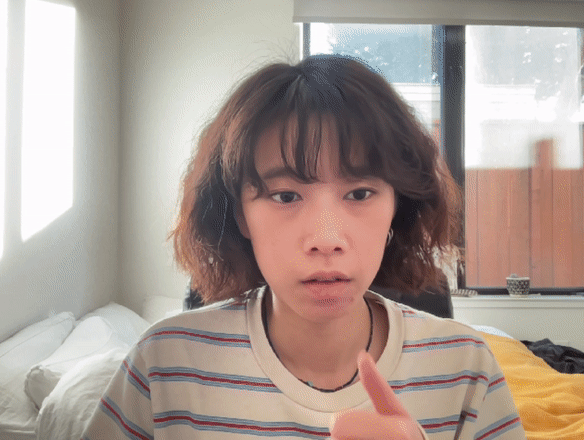
2. Memoji Interaction
![]()
![]()
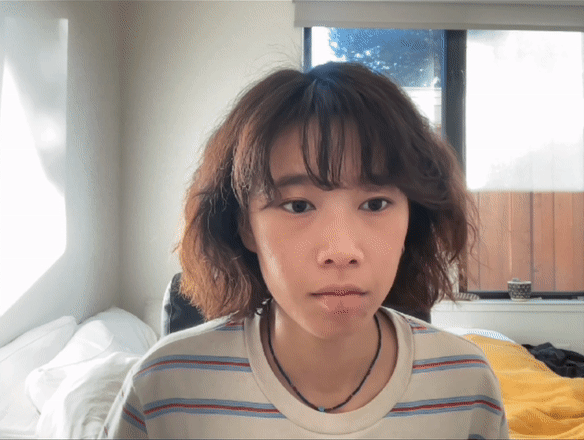
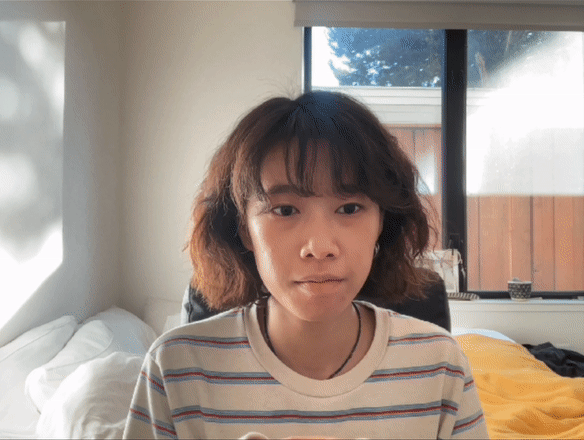


3. Sign Language
![]()

REFERENCE
[1] Stanford researchers identify four causes for ‘Zoom fatigue’ and their simple fixes, https://news.stanford.edu/2021/02/23/four-causes-zoom-fatigue-solutions/